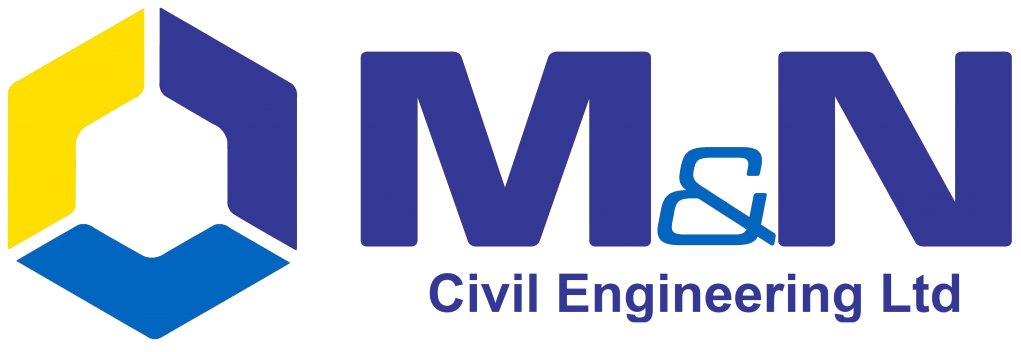Amgen
Project Name
Amgen
Client:
Amgen Dun Laoghaire (ADL)
Sector:
Private
Location:
Pottery Rd, Dún Laoghaire, Dublin
Main Contractor:
PJ Hegarty
Contract Period:
March 2021-March 2022
M&N undertook this intricate project within a live pharmaceutical plant, focusing on bulk excavation as part of the enabling works package. The excavated material was diligently managed, with disposal carried out offsite via trucks at various locations (IMS Naul, Ballynagran and Enva Portlaoise), each determined by material classification and agreed upon in advance with relevant stakeholders.
Collaborating with Environmental Engineers, an Excavation Execution Plan was devised for the removal of 42,000 tons of contaminated material from the brownfield site. With contamination including airborne asbestos fibres, safety was paramount with constant asbestos monitoring being undertaken and personnel wearing Tyvek suits for protection.
M&N’s scope of works included:
- A manned wheel wash at the site entrance to ensure the correct allocation of material and chain-of-custody dockets were signed before trucks left the site
- A full-time road sweeper was onsite to maintain clean roads within the live pharmaceutical plant
- All live road gullies were capped and sealed to prevent cross-contamination
- Groundwater pumps were set up to manage surface water discharge from isolated upstream manholes to downstream manholes. These pumps operated on standby and were only needed during heavy rain
- Dust suppression measures, including power washers, were implemented during dry weather periods, particularly where access for larger equipment was unsuitable.
The presence of numerous live services required the use of vacuum excavation to expose and locate these services, ensuring that our works did not impact the live services which remained functional. Live service zone procedures were diligently adhered to.
